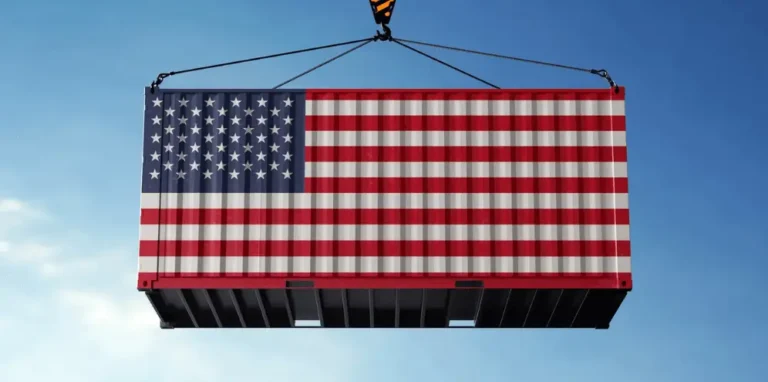Associating intuition and S&OP processes may seem… counterintuitive, right?
For most companies that practice it, the S&OP process involves gathering information, facts, and hypotheses to analyze and then use to develop an action plan — a roadmap for negotiating changes in the coming months.
It’s all about data crunching, logical reasoning, putting together elements from several functions, and making plans. It’s a complex and often long and tedious process. There is not much room for intuition in all this.
And yet.
How increased uncertainty challenges rationality
In a world that is increasingly volatile, uncertain, complex, and ambiguous (“VUCA”), the scope of rational reasoning is increasingly thrown into question. When the links between cause and effect become distorted, when interdependencies become so intertwined and lead to cascading effects, rationality is challenged. It requires an appetite for risk-taking to anticipating what changes we must make so that our company can face an increasingly uncertain evolution of its environment.
S&OP is a decision-making process for the management team. This decision process is fed by facts, it is data driven, but management decisions integrate, beyond proven facts, a dose of interpretation — and risk taking, in which intuition has its place.
Intuition, a process fueled by experience
Intuition is not the opposite of logic. In fact, studies show that intuitive decisions are based on the experience we accumulate as individuals, as well as as a group, and engraved in our individual or collective unconscious. What might be perceived as irrational is not so much so, because we base our decisions on lessons learned from similar situations or previous decisions.
What could be more sensible and pragmatic than basing S&OP on past experience?
Basic good practices are in line with this:
- Always integrate the recent past into the S&OP process with regard to projections, ensure continuity between the recent past and the near future, and avoid unrealistic discontinuity.
- Integrate operating model capabilities: historical performance, buffer projection, demonstrated capabilities, etc.
Using intuition for quick decisions
Intuition leads to quick, even automatic decisions.
Automaticity makes a lot of sense in the tactical horizon, typically two to three months. We have a demand driven operating model, we adapt it to anticipated demand scenarios, this process is intended to be mostly automatic, mechanical, and handled by the team in charge of reconciling the S&OP process, without escalation to the management team.
Beyond this tactical horizon, and for the arbitrations of the management team, it is necessary to feed the decision-making process… to ensure that decisions are made!
In our experience, the S&OP process in many companies is bogged down and ineffective, simply because of a lack of decision making. S&OP becomes a forum for sharing information and assumptions, but too often decisions are postponed, or made at another time, possibly in a hurry.
If, in addition, the information processing took three or four weeks before arriving at the S&OP review, we are faced with possibly obsolete information, which does not encourage decision-making.
The environment changes quickly, so it’s better to have an imperfect decision today, corrected in a few weeks, than a decision delayed for a few weeks, right? A roughly correct decision today is better than no decision. Waiting to have all the elements of the decision to minimize the risks is more and more illusory…
How to make decisions easier? By supporting them with elements that make them intuitive! Visualizing the impacts of scenarios graphically, understanding the alternatives at a glance, having confidence in the orders of magnitude of the data, understanding the stories, the assumptions that underlie the scenarios, this is what a management team needs.
So, the role of the S&OP reconciliation team is to provide an intuitive reading grid for the management team to use in its arbitrations.
Taking on the emotional side of decisions
Demand Driven S&OP links the company’s strategy and its operational capabilities. The elaboration of the strategy, its evolution in relation to the competitive environment in which the company evolves, is not only based on facts. There is a certain amount of risk-taking to be assumed, there are disparate functions to be federated in the company, there are scenarios in which one believes more and others in which one believes less, there are partners — suppliers, customers — whom we trust more or less, one has more chances of succeeding in certain actions, which will be more acceptable to the teams, etc. All this is not purely logical and rational, and intuition has its place in these decisions.
The S&OP process imperative: to equip intuition
The speed at which the context of each company evolves makes it imperative to integrate IT tools: collecting scattered data, aggregating them in Excel and then preparing a Powerpoint for the management review is no longer an appropriate process. Enforcing a processing time of several weeks to get to readable alternatives, and another several weeks to operationalize strategic decisions is no longer viable in the 2020s.
The same tool must allow you to project the operating model, visualize alternatives, visually support intuitive decisions, and translate decisions into operational parameters. Do not hesitate to contact us to boost your S&OP with intuition!












